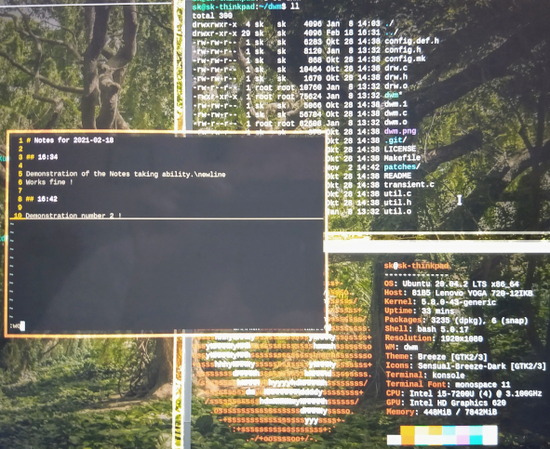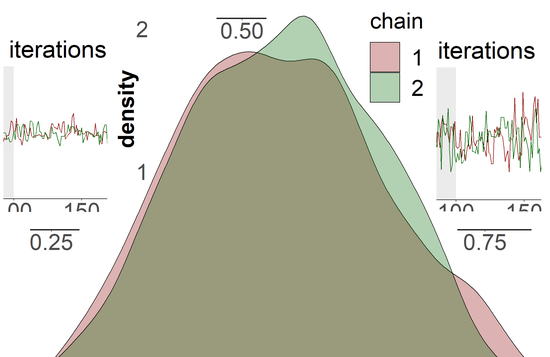Biography
Saurabh Steixner-Kumar is a researcher at the systems neuroscience department at the university hospital (part of hamburg university) in Hamburg, Germany .
His research interests include data science, social decision making, bayesian statistics, reinforcement-learning, modeling, EEG hyperscanning.
(Webspace is in forever BETA)
Interests
- Data Science
- Decision making
- Bayesian statistics
- Reinforcement learning
- Modeling
- Electroencephalography hyperscanning
Education
-
Doctorate/PhD in Neuroscience, 2017
Max Planck Institute for Human Cognitive and Brain Sciences & Leipzig University
-
MSc Digital communications, 2014
Christian Albrechts University (Kiel University)
-
BTech Electronics and Communications, 2010
Ganpat University

